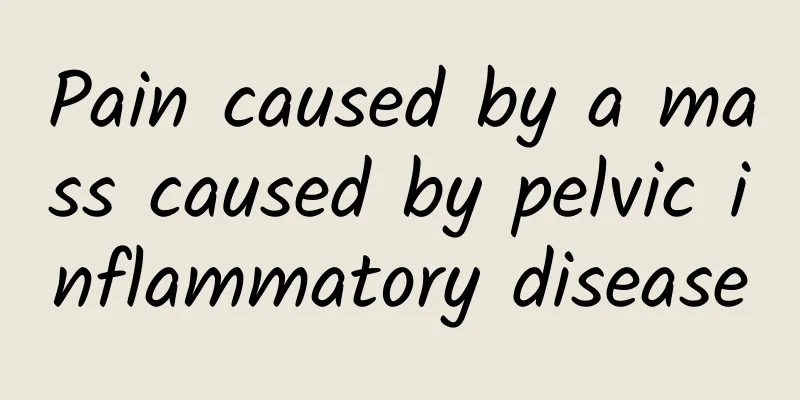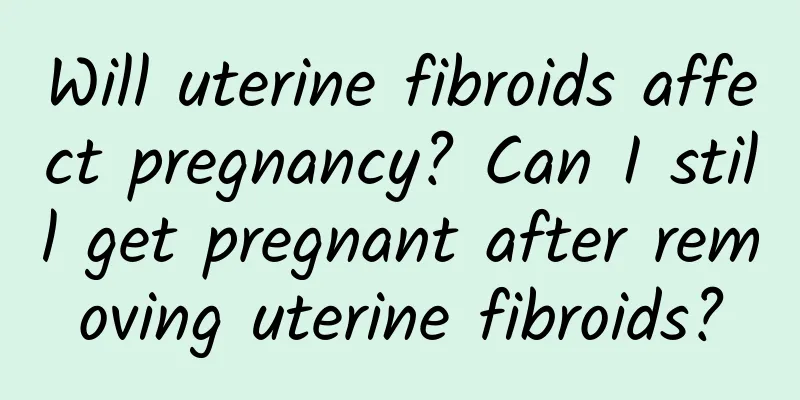Pain caused by a mass caused by pelvic inflammatory disease

|
Painful masses caused by pelvic inflammatory disease require prompt medical attention, as this may be a sign of spreading inflammation or complications of other diseases. Treatment options include medication, lifestyle changes, and, if necessary, surgical intervention. 1 Causes of pelvic inflammatory disease Pelvic inflammatory disease is an inflammation of the pelvic reproductive organs caused by bacterial infection. If not treated in time, it may lead to local abscess formation or mass. Common causes of pelvic inflammatory disease include: Infectious factors: Mostly caused by sexually transmitted diseases such as Neisseria gonorrhoeae, Chlamydia trachomatis or infection after gynecological surgery, with bacteria entering the pelvic cavity through the vagina and cervix. Other complications: Chronic inflammation may lead to fibrosis or mass proliferation, causing pain when touching or compressing nerves. Influence of physiological and anatomical structure: Some women have weak pelvic blood circulation, which increases the risk of infection. 2Specific manifestations of pain The pain caused by the mass is mainly manifested as persistent or paroxysmal pain in the lower abdomen, accompanied by a feeling of heaviness and distension. In severe cases, fever and chills may occur. Symptoms may worsen during standing, defecation, and sexual intercourse. 3. Treatment of pain caused by pelvic inflammatory disease If the mass is diagnosed as pelvic inflammatory disease, treatment may include the following: Drug treatment: Antibiotics are the first choice, and ceftriaxone combined with metronidazole is recommended. At the same time, the regimen should be adjusted according to the pathogen. For chronic infections, the course of treatment can be increased appropriately. Surgical treatment: If the mass has formed an abscess or the drug treatment is ineffective, minimally invasive drainage or surgical removal of the abscess tissue can be considered. Surgery is also suitable for patients with chronic recurrent attacks. Auxiliary therapy: Hot compress or physical therapy can be used to promote pelvic blood circulation, relieve pain and inflammatory effusion. 4 How to prevent exacerbations or relapses in your life Maintain good living habits: pay attention to perineum hygiene and avoid using unclean sanitary products during menstruation. Avoid high-risk sexual behavior: Avoid infection opportunities during pregnancy, postoperative and other special stages, and use antibiotics as required. Regular check-ups: To prevent pelvic inflammatory disease from becoming a chronic disease, annual gynecological examinations can help detect problems early. Pain from the lump may indicate worsening inflammation or complications, so you need to be vigilant. If the pain does not subside for a long time, you should consult a specialist immediately for a clear diagnosis and take standardized treatment. Through timely intervention and improvement of lifestyle habits, you can effectively control pelvic inflammatory disease-related problems and reduce its threat to health. |
<<: Polycystic ovary has not been detected before
>>: How to treat functional menstrual disorders
Recommend
What tests are needed for hyperprolactinemia?
Hyperprolactinemia is the most common pituitary d...
Why do I have my period early?
What happens when menstruation comes early? If me...
What should I do if I have multiple uterine fibroids? What are the symptoms of multiple uterine fibroids?
Many women are afraid of uterine fibroids, especi...
Even drinking water will make you fat? Hormone imbalance is the culprit! Doctor: Check sex hormones for 4 major groups to lose weight more efficiently
I often hear people who want to lose weight compl...
How can women prevent pelvic inflammatory disease?
Prevention of pelvic inflammatory disease has bec...
Which one is more harmful to your body, surgical abortion or medical abortion? What is the difference between surgical abortion and medical abortion?
If you can guarantee a successful abortion, then ...
Nursing care for patients with ovarian cyst pedicle torsion during perioperative period
Ovarian cyst pedicle torsion refers to the twisti...
Can cervical erosion occur even without sexual intercourse? What are the types of cervical erosion?
"Cervical erosion" can also occur witho...
Let's take a look at how to prevent vaginitis
Preventing vaginitis has become a hot topic among...
Can Motherwort cause miscarriage?
Gynecological diseases are very painful for many ...
Is obesity caused by “eating too little”? 5 types of body types: Fruit lovers, find out what nutrients they lack to lose weight
If someone is still trying thankless weight loss ...
Marshmallow girl Xiao Tiantian's big transformation! Slow weight loss method to lose 33 kg
It is not uncommon for female artists to lose wei...
Can drinking whey protein help you lose weight? Can I drink if I have chronic kidney disease? Nutritionist cracks it all
Many people drink whey protein after exercise, th...
Cervical redness and cervical hypertrophy
Cervical redness and cervical hypertrophy can be ...
Middle-aged men are prone to gain weight: 3 rules for exercise and diet
Most men like to eat big amounts of meat and fish...









